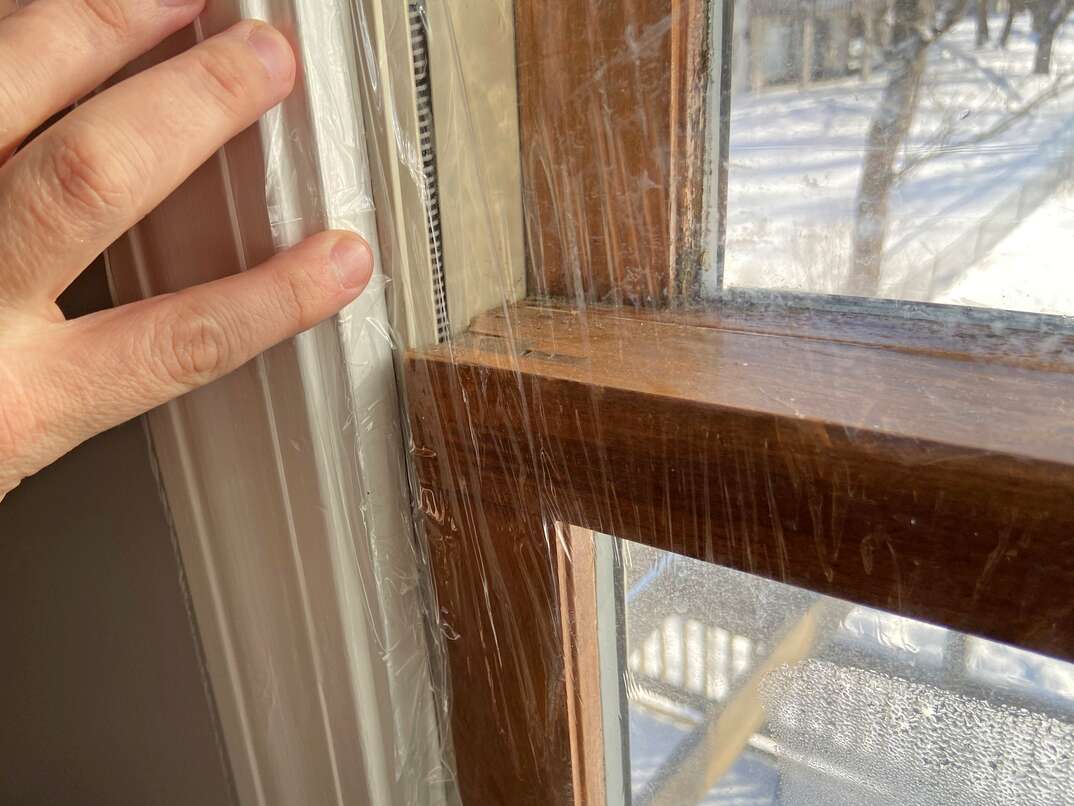How to Insulate Windows

Poor window insulation can cause more problems than just a chilly draft. If your windows are leaky, it can be hard to regulate the temperature in your home year-round, which may drive up your energy bill.
This May Also Interest You: The Do’s and Don’ts of Caulking Windows
Especially during colder weather, you’ll want to keep your windows tightly sealed. Here’s how to do it yourself:
How to Fix a Drafty Window
A drafty window is a big problem no matter the time of year. During the winter, cracks and gaps let cold in. In the summer, a poorly sealed window can let in heat and humidity. Because your heating and cooling systems will have to work harder to counteract this, your energy bill will likely increase.
When you notice that you have a drafty window, the first thing you should do is inspect it to find out exactly where the problem is coming from. Here are some DIY fixes you can try:
- Caulk cracks, gaps or holes.
- Apply weather stripping to create a seal at the openings.
- Place draft snakes in front of the window.
- Use thermal curtains to keep the draft from coming through.
- Tape plastic film or bubble wrap over windows.
How to Seal a Window With Caulk
Caulking cracks is a simple, effective solution. Here’s what to do:
- Clean the entire area that needs to be sealed. You don’t want any particles of dust and debris in the way. Take a damp cloth and wipe the entire area, then wait for it to dry.
- Tape off the area on either side of the crack. This will keep a clean, straight appearance when you are finished.
- Cut the tip of the caulk tube at an angle for an easier application.
- Put the nozzle back on the caulk tube and lock it into the caulking gun.
- Apply the caulk to the gap or crack around the window. Hold the caulking gun at a 45-degree angle to ensure that the caulk is being fully inserted into the crack.
- Once you are finished, smooth out the area with a damp finger or spatula, then remove the tape.
- Allow the caulk to dry for 24 hours to ensure that everything is completely set.
More Related Articles:
- Save Yourself Some Pane With Our DIY Window Repair Guide
- How to Winterize a House: Your No-Chill Checklist
- 5 Reasons to Remove Your Window Screens for Winter
- Top 5 Ways to Winterize Your Windows
- How Much Does It Cost to Replace a Window?
How to Seal Windows for Winter
Especially in older homes, some windows will let in cold air no matter what. As winter arrives, you’ll want to prepare by making sure these windows are as insulated as possible. A simple solution is to lock the window, which creates pressure from top to bottom and may cause a little less draft.
If that doesn’t work, here are a few more things you can try:
Plastic Film
You can use painter’s tape to secure thin plastic film to the window. Cut the plastic to size and tape around the edges. You can also purchase window insulation kits with plastic film that has adhesive on one side to secure it in place.

Bubble Wrap
Apply a layer of bubble wrap to the window for insulation. Use painter’s tape to keep it in place.
Indoor Storm Windows
Storm windows are typically mounted on the inside of windows for protection against wind. Installing new storm windows may reduce the amount of cold air coming in. Or, you can DIY them: Glue together four pieces of cardboard, cut to the size of the window and cover with aluminum foil. Place this in front of the drafty window.
Rope Caulk or Foam Strips
Foam strips can be applied under the windowpane to create a seal at the bottom when the window is closed. Rope caulk works the same way but can be molded and pushed into any cracks or gaps that are present.
Since we’re all home now more than ever, being prepared for unexpected home repairs with a plan from HomeServe is important. Having a plan in place gives you the peace of mind knowing that you can simply call our 24/7 repair hotline for covered breakdowns. See what plans are available in your neighborhood.


